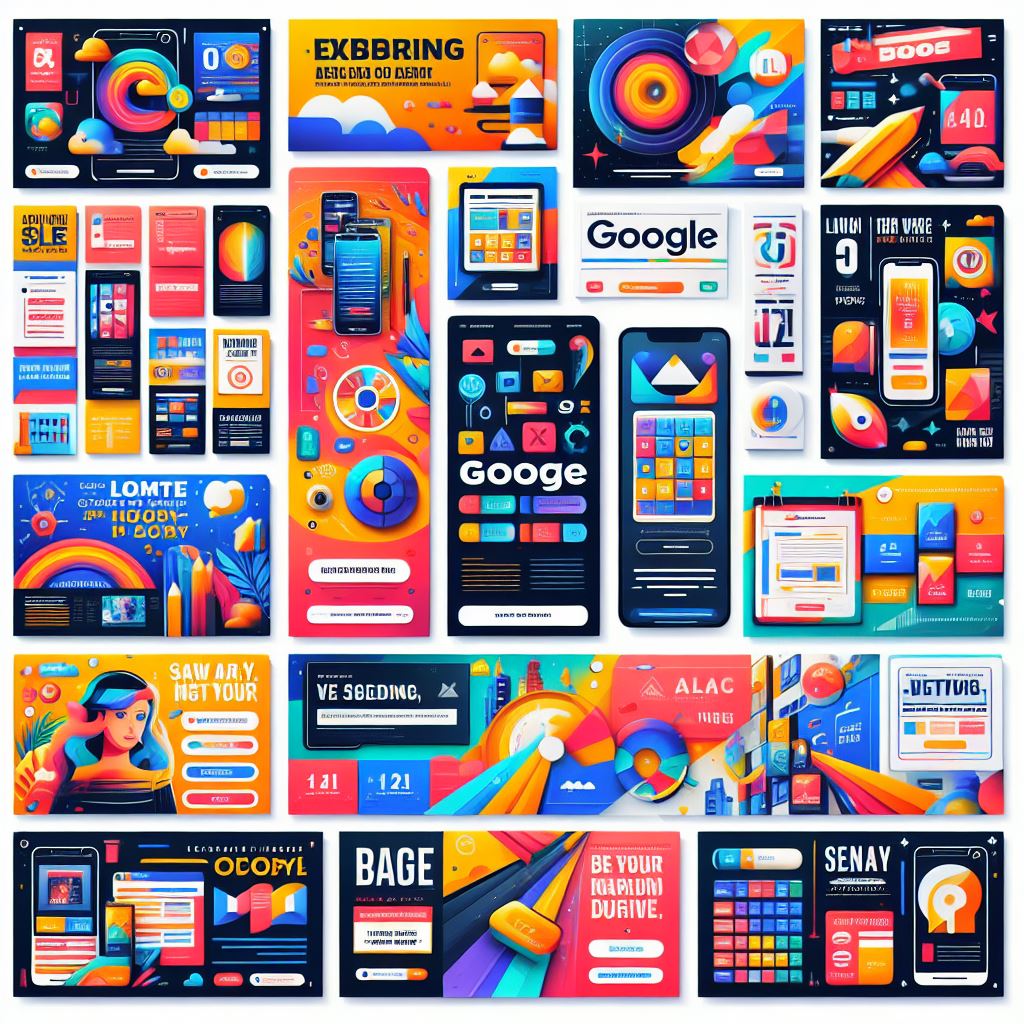If you’re running paid ads, you’ve probably heard of Google Display Network. After all, Google is a giant when it comes to online advertising. But what exactly is it? And, more importantly, is it any good?
As a paid ads agency owner, I know the ins and outs of Google Ads like I know the back of my hand, so I’m here to answer those burning questions that you may have about Display Network, so that you can make an informed decision on whether or not it’s a worthwhile investment for you and your business. I also have a video on this topic, if you’d prefer to watch that!
What is Google Display Network?
Let’s start with the basics: what exactly is Google Display Network? At its core, this is a feature of Google Ads that allows you to show visually captivating ads to Internet users across multiple websites, apps, and Google-owned platforms. If you’ve ever seen YouTube ads or Gmail banner ads(which I’d bet you have), it was a Google display ad.
Basically, your display ad appears at random using Google’s display network when it comes to reaching your target audience.
This type of ad allows you to create captivating ads that engage customers while they are doing their casual browsing. Sounds great, right? But is it really?
The benefits
To answer my previous question, it certainly can be! There’s no denying that there’s a myriad of different enticing perks that may lead to you wanting to jump on the Google Display Network bandwagon.
You get exposure across multiple platforms, you get targeted placements AND optimised targeting, you get smart bidding capabilities . . . honestly, what’s not to love?
The promise of Google Display Network is that you can effortlessly expand your reach and tap into audiences at every stage of the buying journey.
The dilemma
As mentioned, Google Display Ads can be great, but they’re not always. As the saying goes, not all that glitters is gold. Despite promising users the world, Google Display Network can often lead to subpar results.
To put it frankly: it misleads advertisers. This is because using display ads means that you will be giving up a lot of control. You can’t customise and optimise your ads the way you really want, which means you won’t get the results you really need.

It's not an either/or
The world of paid advertising is nuanced, which means there isn’t always a clear answer on whether something is “good” or “bad”. It’s no different with Google Display Network. Running a display campaign could be the ideal way for you to make your mark on the ad space, but it might also not be the best way for you to use your ad spend.
If you’ve read many of my posts, you’ll know what I’m about to say: if you want to know whether something will work in your paid ads, you need to test it for yourself.
Google Display Network can be the best thing that ever happened to you, or it can be the worst.
So . . . where does Google Display Network fit in?
In my experience running Google Ads for hundreds of brands, I think that Google Display Network works best when it comes to dedicated display campaigns.
This allows you to have full control over everything you want:
- Strategic targeting
- Tailored ad formats
- Creative freedom
Plus you get to utilise retargeting campaigns, so that’s an added bonus!
Display Network is a supporting actor, not the main star
I just want to put things into perspective for you. The Google Display Network absolutely has its moments, but even in those moments, it will only play a secondary role in your ad strategy.
The classic Google search ads remain the reigning king if you’re after efficiency and conversions. With other ad platforms like Facebook or LinkedIn, sure, display ads are your friends. But Google as an ad platform has so many other opportunities that can help your ads do so much better.

A deep dive into display strategies
Let’s say you do end up wanting to give display campaigns a shot. How can you make them effective?
- First, you need to figure out your objectives. Do you want to increase brand awareness, generate leads, or drive conversions? This will help you really make sure that your ads are targeted strategically.
- Next, you need to leverage audience segmentation. Use remarketing strategies, define your demographic, hone in on their interests and behaviours . . . do everything you can to target your desired audience. This will help you reach the right people at the right time.
- Your creative is everything. Display advertising is based on visual elements and image ads that are on display, so your ad creation needs to go above and beyond to really attract potential customers and drive sales.
- If you don’t have the capacity to create excellent creatives within your company, consider hiring a creative studio to do it for you. You need compelling visuals along with clear copy – and of course, don’t forget the very important call-to-action.
- Monitor your ads. Your ads are like toddlers. You can’t just leave them to do their own thing and trust they’ll be okay. Check in on them. Look at your click-through rates, conversions, and ROAS. Tweak your settings as needed (but not too soon; wait until you have enough data).
Conclusion
As with most things, there isn’t a clear-cut answer on whether Google Display Network is good or bad. It’s not a one-size-fits-all solution. It can work really well in some scenarios, like remarketing, but it can fall short in other areas.
You need to think about your own ad objectives and test it out if you’re not sure. And of course, if you need help running Google Ads, fill in the form below for a free audit of your current campaigns!